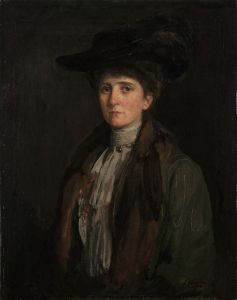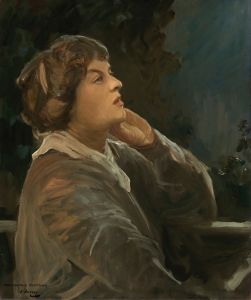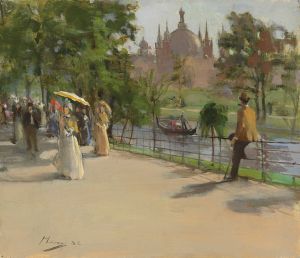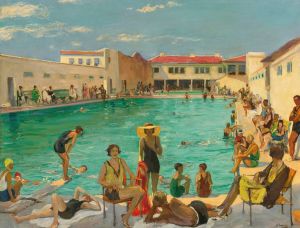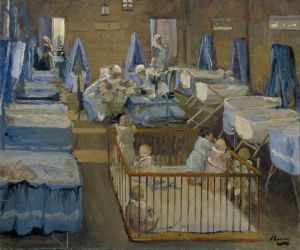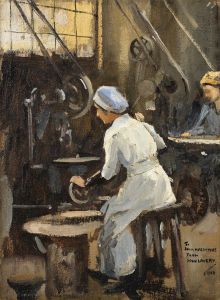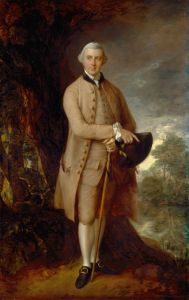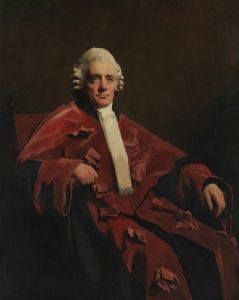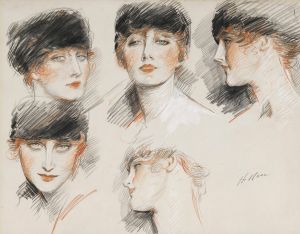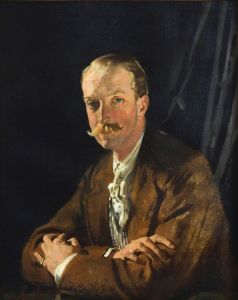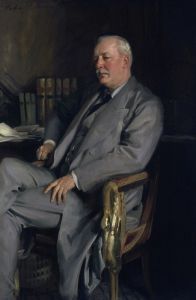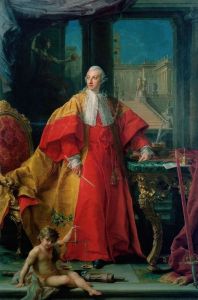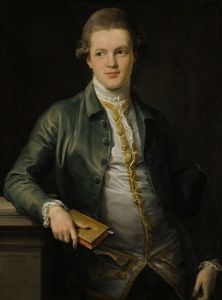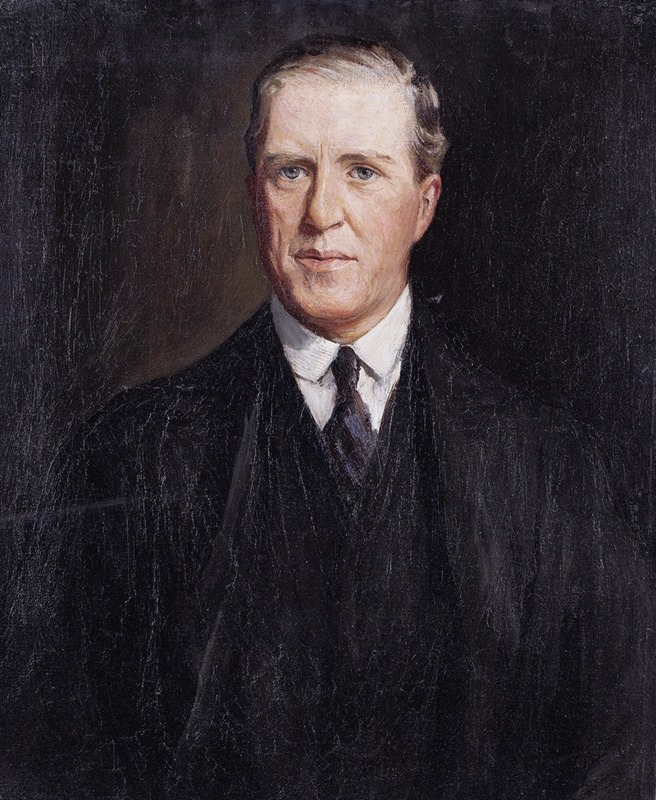
Joseph Watson, 1st Lord Manton
A hand-painted replica of Sir John Lavery’s masterpiece Joseph Watson, 1st Lord Manton, meticulously crafted by professional artists to capture the true essence of the original. Each piece is created with museum-quality canvas and rare mineral pigments, carefully painted by experienced artists with delicate brushstrokes and rich, layered colors to perfectly recreate the texture of the original artwork. Unlike machine-printed reproductions, this hand-painted version brings the painting to life, infused with the artist’s emotions and skill in every stroke. Whether for personal collection or home decoration, it instantly elevates the artistic atmosphere of any space.
Joseph Watson, 1st Lord Manton by Sir John Lavery is a portrait painting created by the renowned Irish artist Sir John Lavery. Lavery, born in 1856, was a prominent figure in the British art scene and was known for his portraits, landscapes, and genre scenes. He was associated with the Glasgow Boys, a group of influential artists in the late 19th century, and later became a member of the Royal Academy.
The subject of the painting, Joseph Watson, 1st Baron Manton, was a notable British industrialist and philanthropist. Born in 1873, Watson was the head of Joseph Watson & Sons, a soap manufacturing company based in Leeds, England. Under his leadership, the company became one of the largest soap manufacturers in the country. In recognition of his contributions to industry and society, Watson was elevated to the peerage as Baron Manton in 1922.
Sir John Lavery was commissioned to paint Watson's portrait, which reflects Lavery's skill in capturing the likeness and character of his subjects. Lavery was known for his ability to convey the personality and status of his sitters through his use of color, composition, and attention to detail. The portrait of Joseph Watson is no exception, showcasing Lavery's adeptness at portraying the dignity and presence of the industrialist.
The painting is executed in oil on canvas, a medium Lavery frequently employed for his portrait work. Lavery's style is characterized by a loose yet precise brushwork, which allows for a realistic depiction while also imbuing the painting with a sense of vitality and immediacy. The color palette is typically restrained, focusing on natural tones that enhance the realism of the portrait.
Joseph Watson is depicted in formal attire, befitting his status as a peer and successful businessman. The background of the painting is understated, ensuring that the focus remains on the subject. Lavery's attention to detail is evident in the rendering of Watson's features and clothing, capturing the textures and subtleties that convey a sense of realism and presence.
The portrait of Joseph Watson, 1st Lord Manton, is an example of Lavery's mature work, reflecting his experience and mastery in the field of portraiture. Lavery's ability to capture the essence of his subjects made him a sought-after portraitist among the British elite, and his works continue to be celebrated for their artistic and historical significance.
This painting is part of Lavery's broader body of work, which includes portraits of many notable figures of his time, including members of the British royal family and other prominent individuals. Lavery's contribution to the art world was recognized with a knighthood in 1918, and his works are held in high esteem in various public and private collections.
The portrait of Joseph Watson, 1st Lord Manton, remains a testament to Lavery's skill as an artist and his ability to capture the essence of his subjects, providing a window into the lives and personalities of the individuals who shaped the society of their time.





